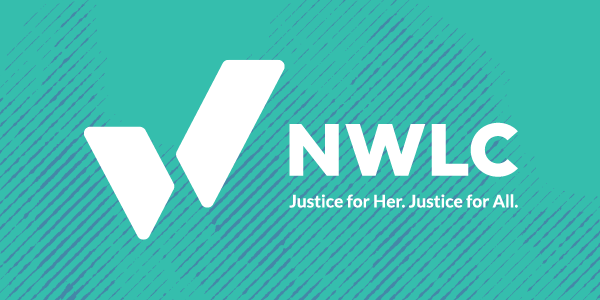Abortion rights, women of color, and LGBTQIA+ people are under attack. Pledge to join us in fighting for gender justice.
Women Gain 87% of Jobs Added in March

It’s the first week of May and while this past Wednesday brought us May the Fourth Be With You a.k.a. Star Wars Day, a.k.a. an amazing video of our President and First Lady Michelle Obama dancing with R2-D2 and a storm trooper, today is no less exciting, with the release of the Bureau of Labor Statistics’ jobs and unemployment data for the month of April.
This month, many are lamenting the 160,000 jobs added to the US economy in April as a disappointment compared to recent months, down from the 208,000 jobs gained in March. A closer look reveals that of the 160,000 jobs added, 87% of those jobs, 139,000, went to women.
It matters not just how many jobs women have gained but also what those jobs are. Broken down by sector, women’s largest gains were in the sectors of professional & business services (+61,000), private education & health (+23,000), and leisure & hospitality (+19,000). Women biggest losses were in the public sector (-4,000).
Jobs in the sector of leisure and hospitality, one of the sectors with the biggest job gains for women this month, are often low-wage. Pay in low-wage jobs can leave women and their families at or close to the federal poverty line, and the schedules of these jobs change frequently and with little notice, making it extremely challenging to balance work with caregiving responsibilities. NWLC recently released an analysis showing that of the five jobs projected to have the largest job growth over the next 10 years, four of these jobs are ones that typically pay less than $10.50/hour and five out of five of those jobs have over 50% women. Given this, it is especially important to double down on efforts to pass legislation that would prevent the worst employer scheduling practices that wreak havoc on the lives of employees and support efforts to increase the federal minimum wage.
In April, men’s largest gains were in private education & health services (+31,000), financial activities (+17,000) and transportation & warehousing (+5,000). Their largest losses were in retail (-21,200), the public sector (-7,000) and mining & logging (-7,000).
Turning to unemployment, it is clear that while the unemployment situation improved slightly for some groups of vulnerable women, too many are still facing alarmingly high rates of unemployment.
- In March we wrote about how unemployment among adult Latinas (20 and older) had come down to its lowest point in 8 ½ years, to 5.4% in February. That rate has been rising since, to 5.5% in March and now 6.5% in April.
- This month Black women (20 and older)’s unemployment rate dropped 1.1 percentage points, from 8.0% in March to 6.9% in April. This rate remains nearly 3 percentage points higher than unemployment for adult white women (20 and older), which was at 4.0% in April.
- Unemployment for single moms dropped slightly, from 6.8% in March to 6.7% in April.
- Women ages 16-64 with a disability still experience extremely high unemployment, at 11.8% in April, compared to 4.4% for women ages 16-64 without a disability.
Policymakers have the opportunity to change the conditions of low-wage jobs and reduce high unemployment. Let’s urge them to take the necessary steps to make sure that the jobs women occupy leave them economically secure and able to support their families.




